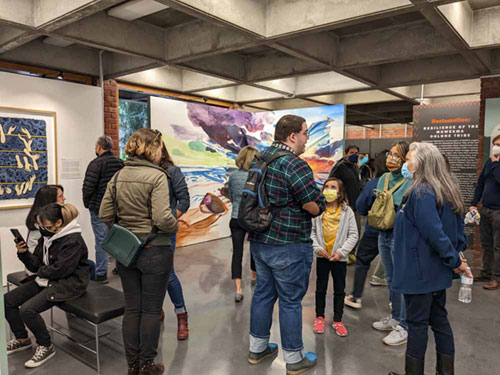Native American Languages Must Be Saved from Extinction
Native American Languages Must Be Saved from Extinction July 2023

Communication is both the foundation and traditional knowledge-base for serves as the cement that holds any society together. And while written communication, print and electronic media as well as the internet are the bonds that bind society together today, the foundation of it all, was verbal communication. From the expressive grunting sounds of the Neanderthals to the great orators of the previous centuries, spoken words have been at the core of social development. When a language is lost, a great deal of the history, traditional ecological knowledge. and culture of the people is also lost. Now here is this truer than in the case of Native American languages.
Hundreds of Tribes and Languages
According to the Columbia Encyclopedia, at the time that Columbus arrived in America, there were more than 2,000 indigenous languages spoken by over 15 million people in the Western Hemisphere. Of these, over 300 were once spoken in what is now the United States. Today, about 175 of these languages remain, but the number of those who speak or use them is rapidly declining. According to estimates, no more than 20 languages will survive the next 30 years. If nothing is done to stop this language extinction, the loss to American society and culture will be enormous and irreparable. Language is integral to society and culture and when a language is lost, the bond that holds a society together disappears, leading to the extinction of the culture.
Extinction
The European occupation of North America resulted in the erasure of many native languages as the tribes were forced, in almost all cases, to communicate with the Europeans in the languages of the settlers. Along with this came a deep distrust of the native culture which resulted in the tribes being confined to “reservations”.These reservations may have been large and open, with plenty of land, but they were still ghettoes and for the ghettoes to survive they had to interact with the world outside. This had to be done in the languages of the settlers. Overtime, succeeding generations found it simpler and more convenient to communicate in the languages that were used outside the reservations.
Coupled with this was the rapid decline of the indigenous population. Disease, systematic genocide and economic deprivation were among the leading causes of the decline, but we shall not discuss that here.The Native population decreased-from many millions (that lived here in the Americasbefore 1492), to what it is now - under 300,000. With the social and economic pressures to integrate into the “mainstream”,over 66% of native languages have become extinct and of those that remain, more than half are spoken by less than 1,000 people. And those numbers are dwindling further.
The history and culture of a nation are intertwined and damage to one causes loss to the other. The death of Native American languages is gnawing away at the heritage that current and future generations will leave for those that follow. It is thus in the interest of all, Native American or not, to preserve the remaining indigenous languages and by doing so, preserve and protect the true story of this nation. Steps are being taken today, but they are few and far between. One example of what is being done is the Ohlone language and revitalization efforts. Find out more about the Muwekma Ohlone of California at the tribal website.